65
It can be hard to get around now that everything is based on numbers. As a business or group, we need strong tools to help us look at the huge amounts of data we make and figure out what it all means.
We need Big Data Tools to help us deal with this huge amount of data. They also have a lot to do with making choices. This post is going to be about some of the best Big Data Tools you can use right now. Each of these tools has its own use. They make it easy to do things like store and organise data, as well as complex insights and displays.
This talk is about how important these tools are for getting ahead in the data-driven world we live in now, making things run more quickly, and coming up with new ideas. Now I’m going to show you how these tools can change how the whole business world works.
Comparison Table
A comparison table for the best Big Data solutions will help businesses and organisations find the proper tool for data processing and analysis. Apache Hadoop, Apache Spark, MongoDB, Tableau, and Apache Kafka are the main Big Data solutions. This comparison table covers major features, use cases, scalability, performance, integration, and pricing. This detailed comparison will help decision-makers assess each Big Data tool’s strengths and suitability for their needs.
| Feature | Apache Hadoop | Apache Spark | MongoDB | Tableau |
|---|---|---|---|---|
| Primary Use | 🏢 Distributed storage and processing | 🚀 Real-time data processing and analytics | 📊 NoSQL database for scalable applications | 🎨 Data visualization and analytics |
| Scalability | 📈 Highly scalable across clusters | 🌐 Scalable for large datasets and streaming data | 🚀 Easily scalable with horizontal scaling | 📈 Scalable for large datasets and multiple users |
| Data Processing | 🔄 Batch processing with MapReduce | 🔄 Batch processing and real-time streaming | 🔄 Document-based processing with BSON | 🔄 In-memory processing and interactive analytics |
| Programming Model | 🧩 Java-based with support for other languages | 🧩 Supports multiple languages and APIs | 🧩 JavaScript-based with JSON-like documents | 🧩 Intuitive drag-and-drop interface |
| Learning Curve | 📚 Steeper learning curve for complex deployments | 📚 Moderate learning curve with rich documentation | 📚 Relatively easy to learn with good resources | 📚 Intuitive for non-technical users |
| Community Support | 🤝 Strong open-source community support | 🤝 Active community and corporate backing | 🤝 Supportive community with robust documentation | 🤝 Community forums and training resources |
| Cost | 💸 Open-source with potential hardware costs | 💸 Open-source with potential hardware costs | 💸 Open-source with enterprise options available | 💸 Commercial licensing with subscription options |
Best Big Data Tools
I think Big Data tools are crucial in today’s data-driven world. They enable us to manage, analyse, and acquire insights from massive amounts of data for informed decision-making and competitiveness. I’ll explore the top Big Data tools in this article.
Apache Hadoop
| Feature | Description |
|---|---|
| Distributed Storage | Hadoop Distributed File System (HDFS) allows storing large datasets across distributed clusters. |
| MapReduce | Parallel processing framework for distributed computing, enabling data processing on Hadoop clusters. |
| YARN | Resource management framework that schedules tasks and manages cluster resources efficiently. |
| Scalability | Hadoop can scale horizontally by adding more nodes to the cluster to handle increasing data volumes. |
| Fault Tolerance | Data replication and automatic failover mechanisms ensure high availability and data reliability. |
| Visit website |
Managing big datasets across groups with Apache Hadoop has been a great experience for me. It’s great that it scales easily and can handle errors, which makes it the best choice for Big Data jobs. Parallel processing works better with tools like HDFS and MapReduce, which is important for companies like mine that deal with data warehouses and machine learning.
The Good
- Scalable for handling large volumes of data.
- Fault-tolerant with data replication.
- Cost-effective storage solution.
The Bad
- High latency due to disk-based processing.
- Complex setup and maintenance.
Apache Spark
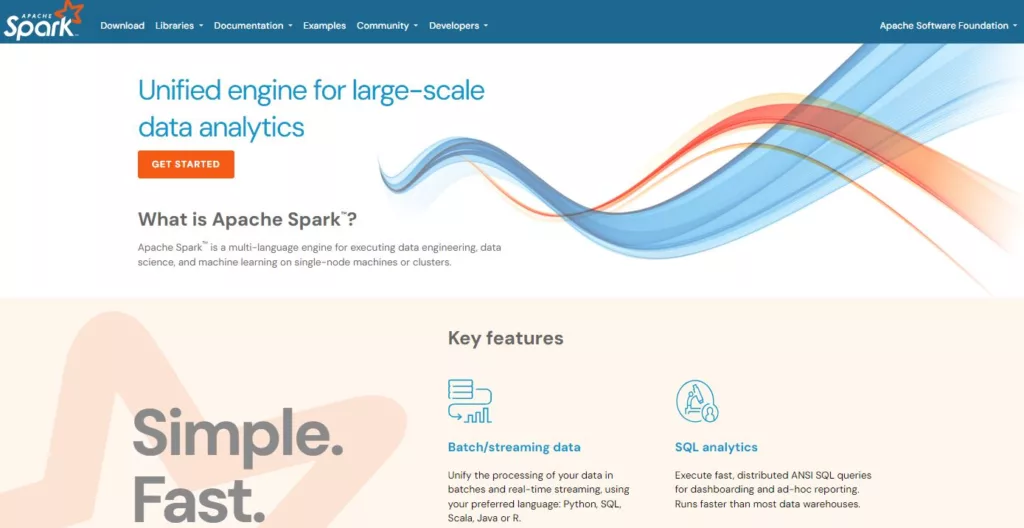
| Feature | Description |
|---|---|
| In-Memory Computing | Spark’s ability to cache data in memory, enabling faster processing and iterative analytics. |
| Resilient Distributed Datasets (RDD) | Distributed data structures that support parallel processing and fault tolerance. |
| Spark SQL | Module for querying structured data using SQL and integrating with data processing workflows. |
| Streaming | Real-time data processing and analytics through Spark Streaming and Structured Streaming APIs. |
| Machine Learning | MLlib library for machine learning tasks such as classification, regression, and clustering. |
I’ve found that Apache Spark is the best tool for real-time statistics. Its in-memory processing powers give it lightning-fast speeds, which are necessary for processing data and running algorithms quickly. Spark is flexible enough to be used for a wide range of tasks, from batch processing to machine learning, making complicated data jobs easier. It’s great for projects like ours that need to work with a lot of data because its APIs make handling and analysing Big Data much faster.
The Good
- In-memory processing for faster analytics.
- Supports real-time streaming and batch processing.
- Integrated with machine learning capabilities.
The Bad
- Higher memory requirements.
- Steeper learning curve
MongoDB
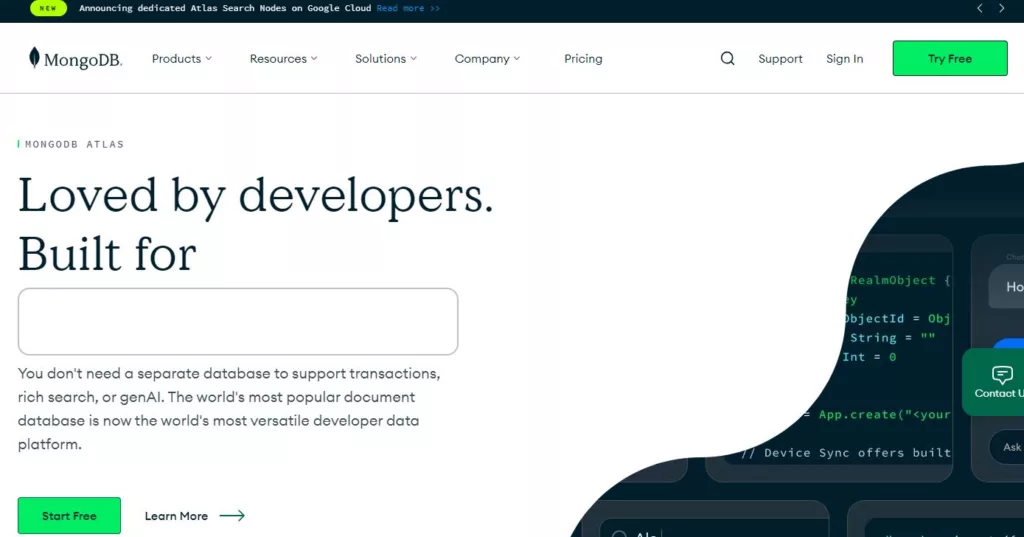
| Feature | Description |
|---|---|
| NoSQL Database | MongoDB is a document-oriented NoSQL database, storing data in JSON-like documents. |
| Scalability | Horizontal scaling with sharding allows MongoDB to handle large volumes of data and traffic. |
| Flexibility | Dynamic schemas support flexible data models, making it suitable for evolving data structures. |
| Replication | Automatic replica sets ensure high availability and data redundancy for fault tolerance. |
| Aggregation | Aggregation framework supports complex queries and analytics operations on MongoDB collections. |
MongoDB has been my favourite NoSQL database for working well with random or semi-structured data. It is a reliable choice for agile data storage options because it can be expanded, changed, and is always available.
The document-oriented approach of MongoDB makes dealing with complex data structures easier. This makes it perfect for Big Data applications that need storage that can grow as needed. With great success, we’ve used MongoDB to handle content, store data from IoT devices, and do real-time analytics.
The Good
- Flexible schema for dynamic data modeling.
- Scalable with horizontal scaling and sharding.
- High performance for read and write operations.
The Bad
- Not suitable for complex transactions.
- Limited support for joins
Tableau
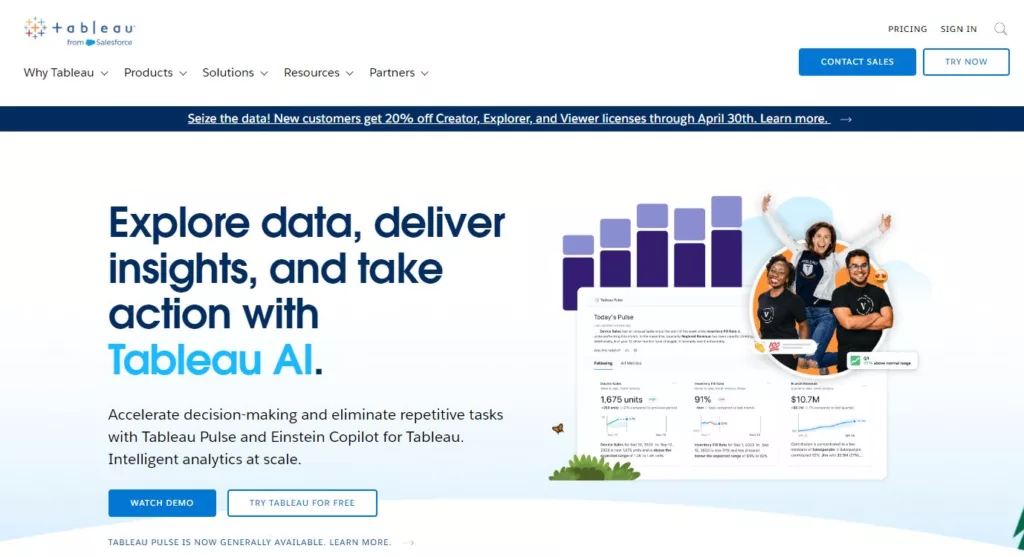
| Feature | Description |
|---|---|
| Data Visualization | Rich visualization capabilities for creating interactive charts, graphs, and dashboards. |
| Data Connectivity | Connects to various data sources including databases, spreadsheets, and cloud services. |
| Drag-and-Drop UI | Intuitive interface for designing visualizations and analyzing data without coding. |
| Collaboration | Sharing and collaboration features enable teams to work on and share insights seamlessly. |
| Advanced Analytics | Integration with statistical functions and predictive analytics for deeper data exploration. |
Tableau has been very helpful in getting useful information from our large amounts of data. We can easily make dynamic dashboards and reports with it because it works well with many data sources, like Hadoop and Spark.
The drag-and-drop interface and variety of visualisation choices make it easy to look at data and share observations. Tableau helps us make better business intelligence decisions by letting us use data-driven tools like data blending and prediction analytics.
The Good
- Powerful data visualization capabilities.
- Easy-to-use drag-and-drop interface.
- Seamless integration with various data sources.
The Bad
- Expensive licensing for enterprise features.
- Steeper learning curve for advanced analytics.
Apache Kafka
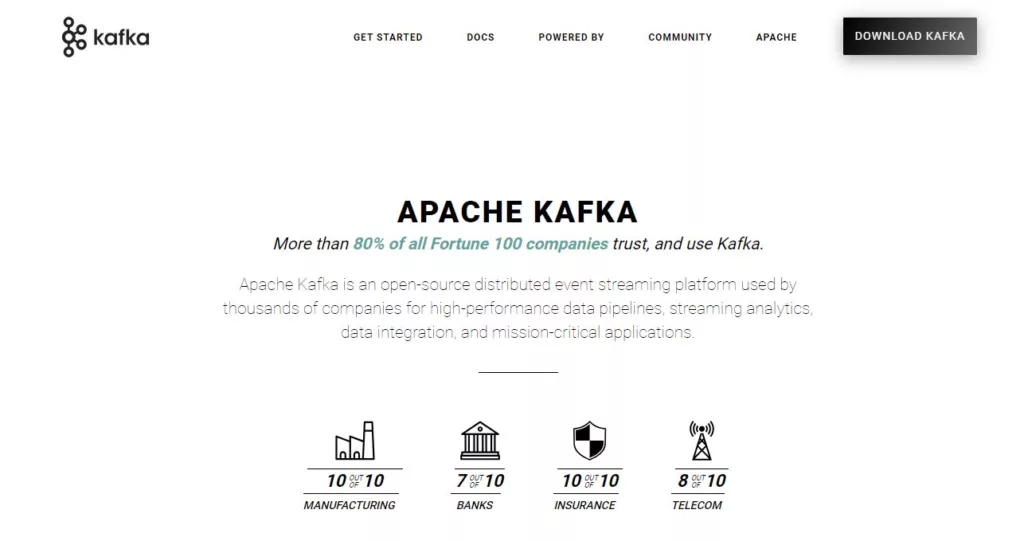
| Feature | Description |
|---|---|
| Message Broker | Distributed event streaming platform for publishing, subscribing, and processing streams of data. |
| Scalability | Kafka’s distributed architecture allows horizontal scaling to handle high throughput and data volumes. |
| Fault Tolerance | Replication and partitioning ensure fault tolerance and data durability even during node failures. |
| Stream Processing | Kafka Streams API for real-time processing and analytics on streaming data. |
| Connectors | Connects to various systems like databases, message queues, and cloud services for data integration. |
You can handle real-time data feeds with Apache Kafka. It has changed the way we do things. It is perfect for building real-time data pipelines and stream processing apps because it has a fault-tolerant design and a distributed streaming platform.
Kafka’s producers, consumers, and brokers make sure that data is processed quickly and with little delay, which is important for integrating message systems and real-time analytics. We depend on Kafka to help us move quickly on data-driven insights, which makes us better at handling dynamic data streams.
The Good
- High throughput and low latency for event streaming.
- Scalable and fault-tolerant distributed architecture.
- Integrates well with other data systems through connectors.
The Bad
- Complex setup and configuration.
- Requires monitoring for optimal performance.
How to Choose the Right Big Data Tool for Your Needs
Choosing the right Big Data tool for your needs can be very important and have a big effect on how well your organisation can handle, analyse, and get useful information from large amounts of data. There are a lot of different Big Data tools out there, and each one has its own features and functions.
- Before you can list the features you need in Big Data tools, you need to know how you plan to process and analyse the data. I think you should think about things like the amount, type, speed, and accuracy of your info. This helps you understand how big and complicated your Big Data needs are. Figure out what you want to do, whether it’s data storage, real-time analytics, data visualisation, machine learning, or batch processing.
- Next, look at how well each Big Data tool works and how well it can be scaled. Check the tool’s working speed, latency, and resource use to see if it can handle the amount of data you expect. Scalability is important for future growth and for easily handling growing amounts of data.
- Another important part is integration. Think about how well the Big Data tool works with the technology and data systems you already have in place. Check to see if it works with the databases, apps, data sources, and programming languages that your company uses. Seamless integration makes it easier to combine data and speeds up processes.
- How easy it is to use and how long it takes to learn are important things to think about. Check out the tool’s user interface, developer APIs, quality of documentation, and training and help options. A tool that is simple to understand and use can help your team use it more and get more done.
- Lastly, look at how the different Big Data tools work and what features they have. You should look for tools for processing data, query languages, ways to visualise data, security features, controls for data governance, and help for advanced analytics. Put features that fit your unique use cases and business goals at the top of your list.
Questions and answers
What are the best Big Data tools available in the market?
Big Data tools like Apache Hadoop, Apache Spark, MongoDB, Tableau, and Apache Kafka are some of the best. These tools can do a lot of different things with data, like handle it, store it, analyse it, show it visually, and stream it in real time.
What is Apache Hadoop, and how does it help companies?
Apache Hadoop is a free software framework that lets many computers work together to store and handle large datasets. Businesses benefit from it because it makes data collection, batch processing, and analysis of Big Data scalable and cost-effective. This helps them make better decisions and gain business insights.
What is Apache Spark not like Apache Hadoop?
Apache Spark is another open-source tool for processing and analysing data in real time. Hadoop stores data on discs and processes it using MapReduce. Spark, on the other hand, processes data in memory and is faster, so it can be used for real-time and repetitive tasks.
You Might Be Interested In

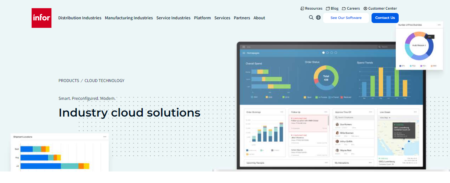
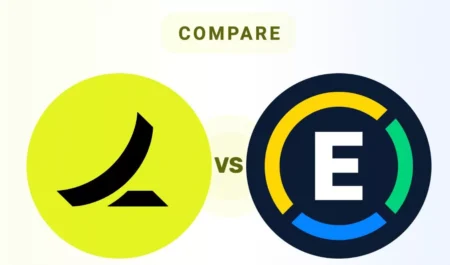


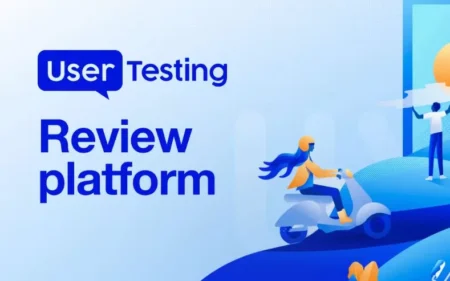

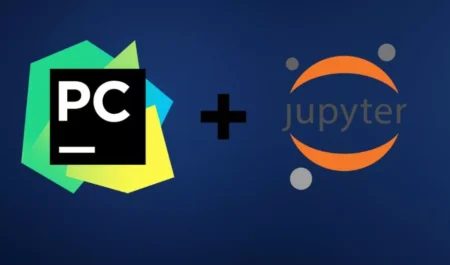


Leave a Reply